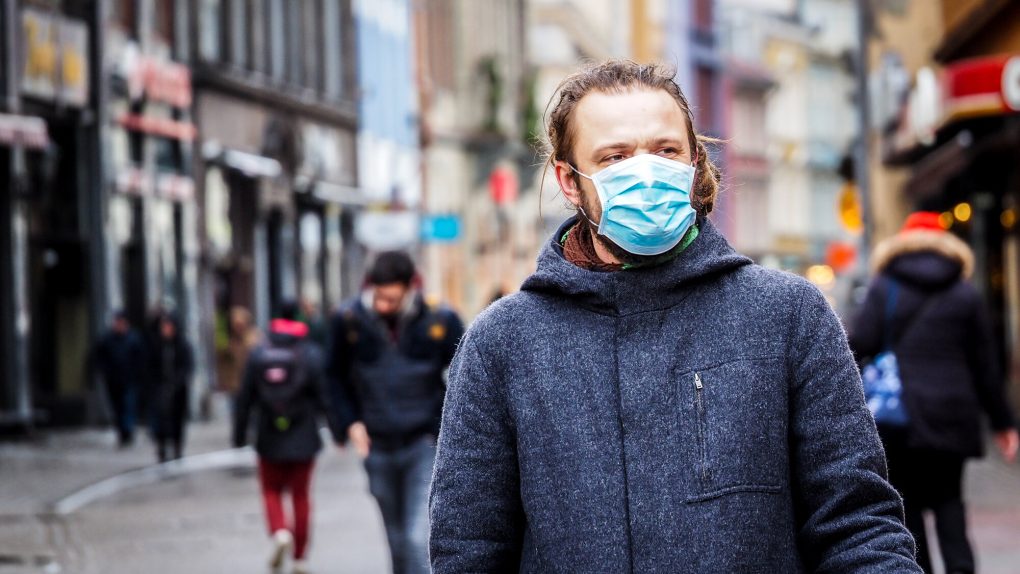- A new research study published in the journal Radiology found that critically ill coronavirus patients can experience a number of eye abnormalities.
- The coronavirus infection rate in the US has been on a steep decline in recent weeks and has fallen by 40% over the last 14 days.
As if the symptoms associated with a severe case of COVID-19 weren’t bad enough, a new research study recently published in the journal Radiology relays that critically ill patients with COVID can experience a range of abnormalities in their eyes.
“We showed that a few patients with severe COVID-19 from the French COVID-19 cohort had one or several nodules of the posterior pole of the globe,” lead author Augustin Lecler, M.D., Ph.D. said in a press release. “This is the first time these findings have been described using MRI.”
The study was put together by the French Society of Neuroradiology and involved 129 patients who experienced severe COVID symptoms, a majority of whom spent time in the ICU and were intubated.
The researchers, it’s worth noting, concede that their study is somewhat limiting to the extent that there was no control group and that the sample size of evaluated patients was quite low.
Still, the study underscores just how nasty a coronavirus infection can become. And though COVID-19 is categorized as a respiratory issue, the virus can sometimes wreak havoc across any number of organs and, in the process, can cause permanent lung and heart damage.
With respect to the eyes, the Mayo Clinic writes that severe coronavirus cases can “cause eye problems such as enlarged, red blood vessels, swollen eyelids, excessive watering, and increased discharge.” Light sensitivity and irritation have also been reported by patients.
One of the scarier aspects of a COVID-19 infection is that some patients experience lingering symptoms that can persist for weeks and even months after their initial diagnosis, a condition that has since been categorized as Long COVID. The most common symptoms associated with Long COVID include fatigue, trouble breathing, the loss of taste and smell, and a range of cognitive issues such as memory loss and trouble concentrating on a task for a sustained period of time.
So while pandemic fatigue certainly is a real phenomenon, it’s important for people to still adhere to coronavirus safety guidelines even as the infection rate has been dropping drastically in recent weeks. This means that people should wear masks when out in public, follow social distancing guidelines, and avoid indoor gatherings whenever possible. Indeed, the unprecedented surge of COVID-19 infections we saw in early January was the direct result of the Thanksgiving and Christmas holidays that saw millions of Americans gather indoors with friends and family members.
Looking ahead, some health experts are optimistic that the US might achieve herd immunity by May, with the rationale being that the cumulative number of COVID-19 infections in the US is likely 3-5 times higher than the official tally on account of asymptomatic carriers. Consequently, the argument goes that the total number of Americans susceptible to infection is a lot smaller than the official statistics would otherwise suggest.








